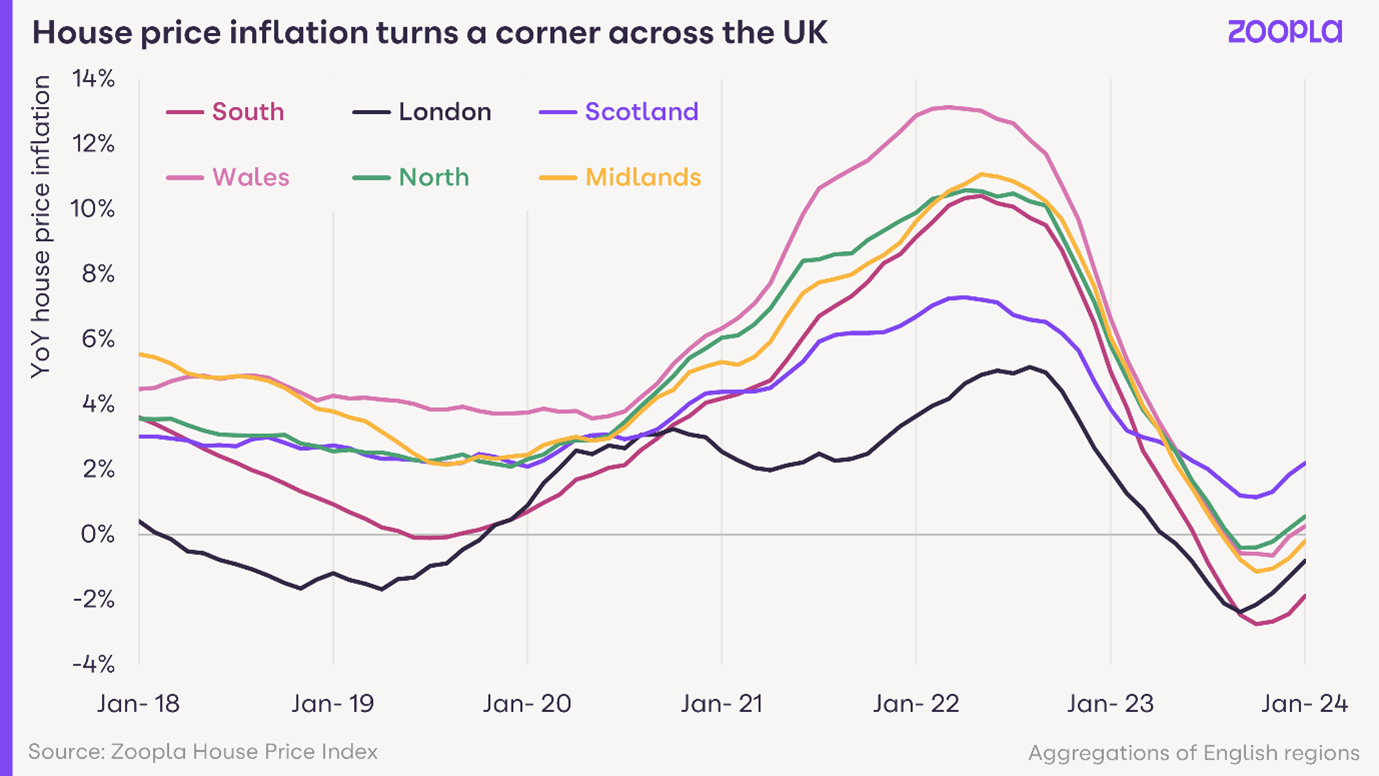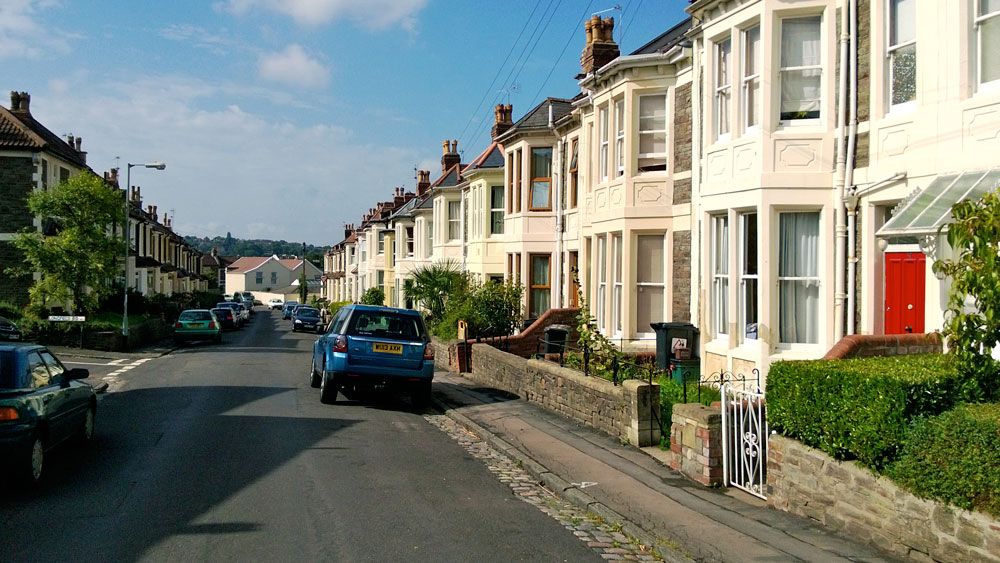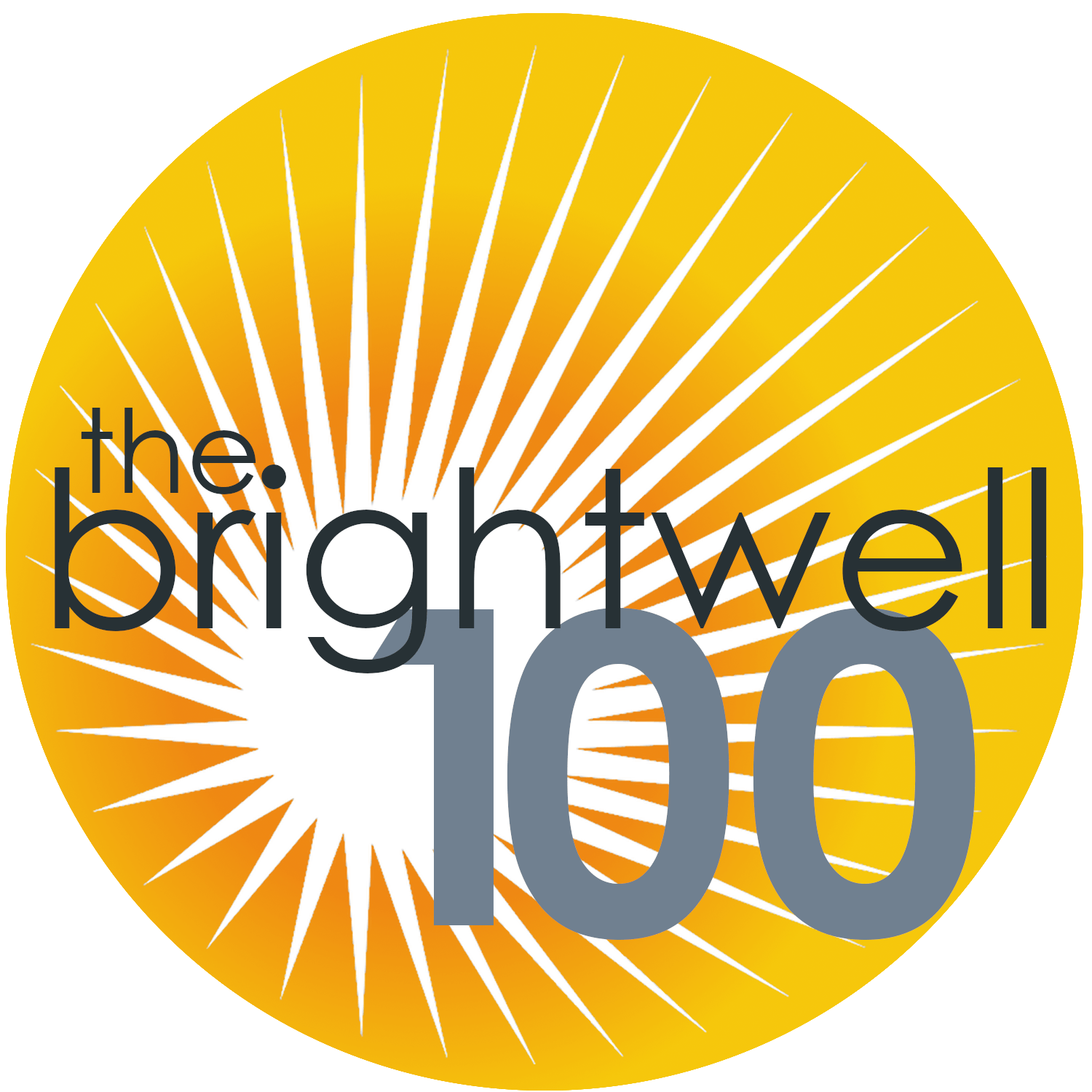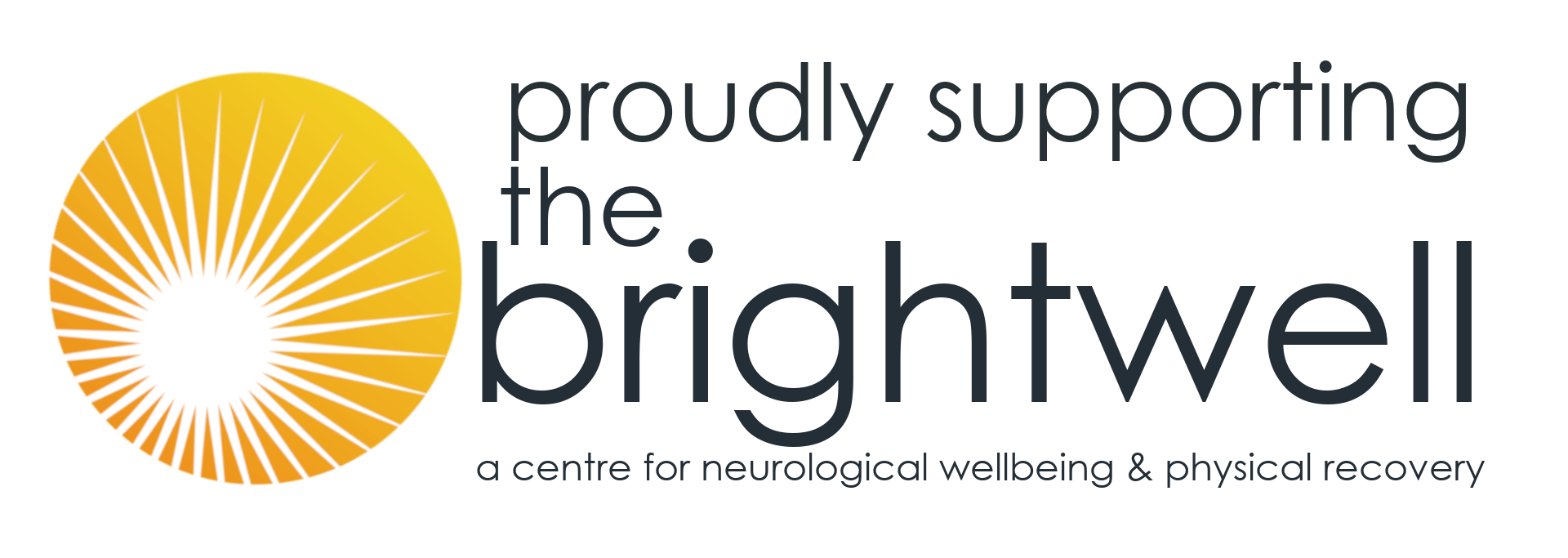Mortgage approvals hit 13-year high
Martin Blake-Symes • December 1, 2020
Adapted from an article by Isla MacFarlane www.showhouse.co.uk
According to the latest figures from the Bank of England, more mortgages are getting rubber-stamped than at any time since September 2007.
Net mortgage borrowing remained robust at £4.3 billion in October 2020. Mortgage approvals for house purchase increased further to 97,500, the highest since September 2007. Effective interest rates on new mortgage borrowing ticked up to 1.78%.
Mark Harris, chief executive of SPF Private Clients, said: “With mortgages approvals at their highest level since September 2007, the market continues to be robust. But the circumstances are very different to 2007; back then, those highs were followed by the credit crunch but this time around there is far more scrutiny on mortgage underwriting and the assessment of affordability. This, combined with historic low interest rates, mean we should not see a repeat of that crisis.
“There is more good news for mortgage borrowers with greater availability of 90 per cent loan-to-value mortgages as a number of lenders returned to the market in recent days. This should help bring down rates on high LTVs, making those deals more accessible, and further boosting the market.”
The number of mortgage approvals for house purchase continued increasing in October, to 97,500 from 92,100 in September. This was the highest number of approvals since September 2007, 33% higher than approvals in February 2020.
Jeremy Leaf, north London estate agent and a former RICS residential chairman, said: “The Bank of England figures are always a reliable indicator of past and future housing market activity. As have others in the recent past, they reveal just how determined buyers have been to take advantage of the stamp duty holiday and continuing low interest rates.
“Judging by what has been happening on the ground since, we expect the numbers to remain robust for at least the next month or two until the reduction in activity which we have noticed over the last few weeks as the stamp duty deadline draws close, begins to have an impact on transaction numbers. The underlying strength of the market does not appear to be waning, at least for the time being.”

All measures of sales market activity continue to improve as pent-up demand returns to the housing market. Buyer demand is 11% higher than a year ago. A better indicator of market health is sales agreed which are 15% higher than a year ago – evidence of greater buyer confidence and more realism on pricing by sellers. The North East (+17%) and London (+16%) have led the rebound in sales.

Sales hold up in Q4 2023, providing support for prices
The final weeks of 2023 have recorded above average levels of new sales, 17% higher than a year ago and ahead of 2019 levels. Market sentiment is improving due to rising incomes and an initial decline in mortgage rates. An increase in available supply, up a quarter on last year, is also boosting choice and supporting sales.

Affordability and value for money will be the big key drivers for the housing market in 2023. These two factors are going to flip the flight to rural and coastal areas, which has dominated the housing market in recent years, into reverse. Instead, apartments and urban areas, which lost some of their popularity during the pandemic as the nation began the search for more space in idyllic locations, are making a comeback.

January 4, 2022- back to work and some sense of “normality”. I expect like so many of us we have all had our festive arrangements changed by the dreaded “Omicron” over the past few weeks, although hopefully we can all get back in front of our laptops, keep looking ahead and get on with what hopes to be a more promising and positive year ahead.

MPs have backed setting the cost of ground rents on new houses in England and Wales at "one peppercorn" a year. The government-sponsored plan, if it becomes law, will effectively leave owners who buy only leases - rather than freeholds - paying nothing. The move follows concerns that leaseholders are being charged exorbitant, fast-rising ground rents






